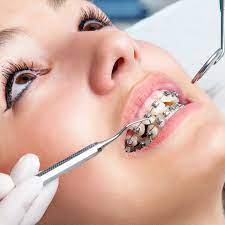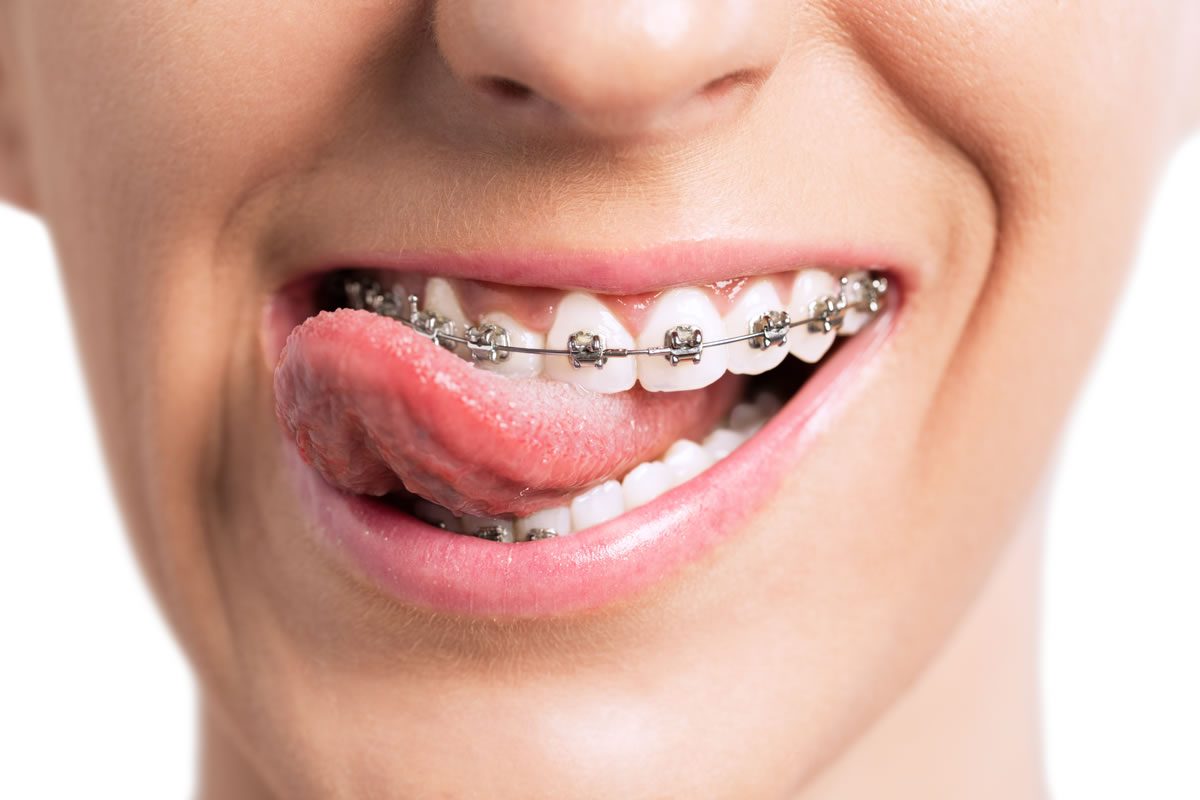The 2-Minute Rule for Causey Orthodontics
Wiki Article
Top Guidelines Of Causey Orthodontics
Table of ContentsEverything about Causey OrthodonticsNot known Details About Causey Orthodontics See This Report about Causey OrthodonticsMore About Causey OrthodonticsLittle Known Questions About Causey Orthodontics.
Ignoring occlusal relationships, it was regular to eliminate teeth for a variety of oral problems, such as malalignment or overcrowding. The concept of an undamaged dentition was not extensively valued in those days, making bite connections seem unimportant. In the late 1800s, the principle of occlusion was necessary for producing dependable prosthetic replacement teeth.As these ideas of prosthetic occlusion advanced, it became an important device for dental care. It remained in 1890 that the work and influence of Dr. Edwards H. Angle started to be really felt, with his contribution to contemporary orthodontics particularly noteworthy. Focused on prosthodontics, he instructed in Pennsylvania and Minnesota prior to directing his interest in the direction of oral occlusion and the treatments needed to keep it as a normal condition, hence becoming understood as the "dad of modern-day orthodontics".

The principle of excellent occlusion, as proposed by Angle and incorporated right into a classification system, enabled a change in the direction of treating malocclusion, which is any kind of inconsistency from typical occlusion. Having a full collection of teeth on both arches was highly searched for in orthodontic treatment due to the demand for precise relationships in between them.
Facts About Causey Orthodontics Uncovered
As occlusion came to be the essential top priority, facial percentages and appearances were overlooked - orthodontist expert. To achieve optimal occlusals without making use of external pressures, Angle proposed that having perfect occlusion was the most effective means to gain optimal facial aesthetics. With the passing of time, it ended up being fairly evident that even an extraordinary occlusion was not suitable when thought about from a visual point of viewIt came to be noticeable that orthodontic treatment might change mandibular development, resulting in the formation of functional jaw orthopedics in Europe and extraoral pressure actions in the United States. Nowadays, both useful devices and extraoral gadgets are applied around the globe with the aim of amending development patterns and kinds. As a result, pursuing true, or a minimum of boosted, jaw partnerships had become the main purpose of treatment by the mid-20th century.
Top Guidelines Of Causey Orthodontics
 Until the mid-1970s, dental braces were made by covering metal around each tooth. https://verview.com/biz/10051909-causey-orthodontics-gainesville-georgia., it ended up being feasible to rather bond metal brackets to the teeth.
Until the mid-1970s, dental braces were made by covering metal around each tooth. https://verview.com/biz/10051909-causey-orthodontics-gainesville-georgia., it ended up being feasible to rather bond metal brackets to the teeth.This has actually had purposeful effects on orthodontic therapies that are carried out regularly, and these are: 1. Proper interarchal relationships 2. Correct crown angulation (pointer) 3.
The benefit of the layout hinges on its bracket and archwire combination, which requires just marginal cable bending from the orthodontist or clinician (Causey Orthodontics). It's aptly called after this feature: the angle of the port and density of the bracket base ultimately establish where each tooth is located with little need for extra adjustment
The Single Strategy To Use For Causey Orthodontics
Both of these systems used similar brackets for each tooth and required the flexing of an archwire in three aircrafts for finding teeth in their wanted settings, with these bends dictating best placements. When it involves orthodontic home appliances, they are separated into two kinds: removable and taken care of. Removable home appliances can be tackled and off by the patient as needed.
Thus, almost all modern-day fixed appliances can be taken into consideration variations on this edgewise appliance system. Early 20th-century orthodontist Edward Angle made a significant contribution to the world of dental care. He developed 4 distinct appliance systems that have actually been utilized as the basis for many orthodontic therapies today, disallowing a few exemptions.
How Causey Orthodontics can Save You Time, Stress, and Money.

The cable ended in a string, and to relocate ahead, an adjustable nut was made use of, which enabled for an increase in area. By ligation, each private tooth was connected to this expansive archwire (best orthodontist). Due to its minimal variety of motion, Angle was not able to achieve specific tooth positioning with an E-arch
These tubes held a firm pin, which might be repositioned at each visit in order to move them in position. Dubbed the "bone-growing device", this device was supposed to motivate much healthier bone growth as a result of its potential for moving force straight to the origins. Nevertheless, applying it showed troublesome in truth.
Report this wiki page